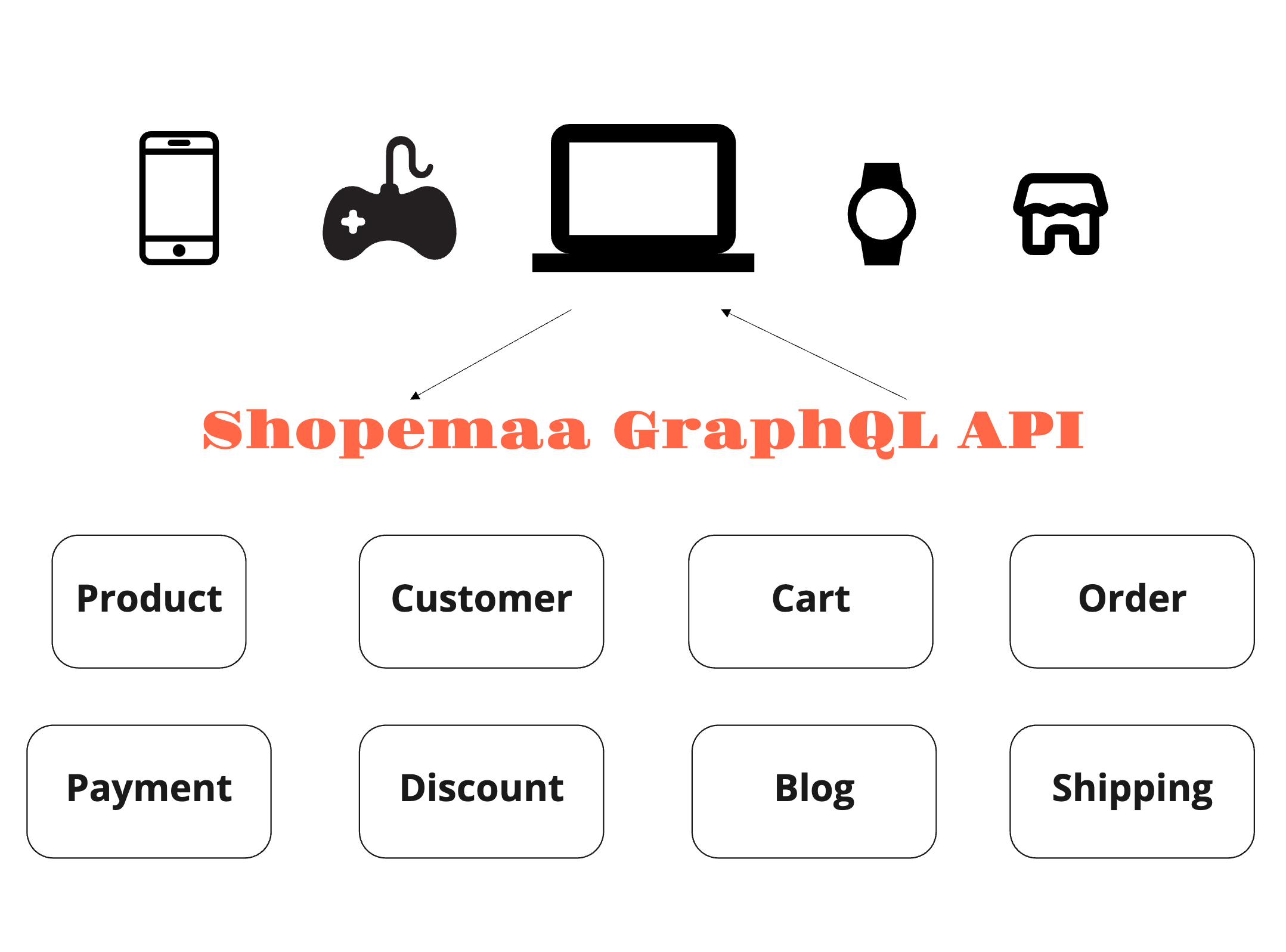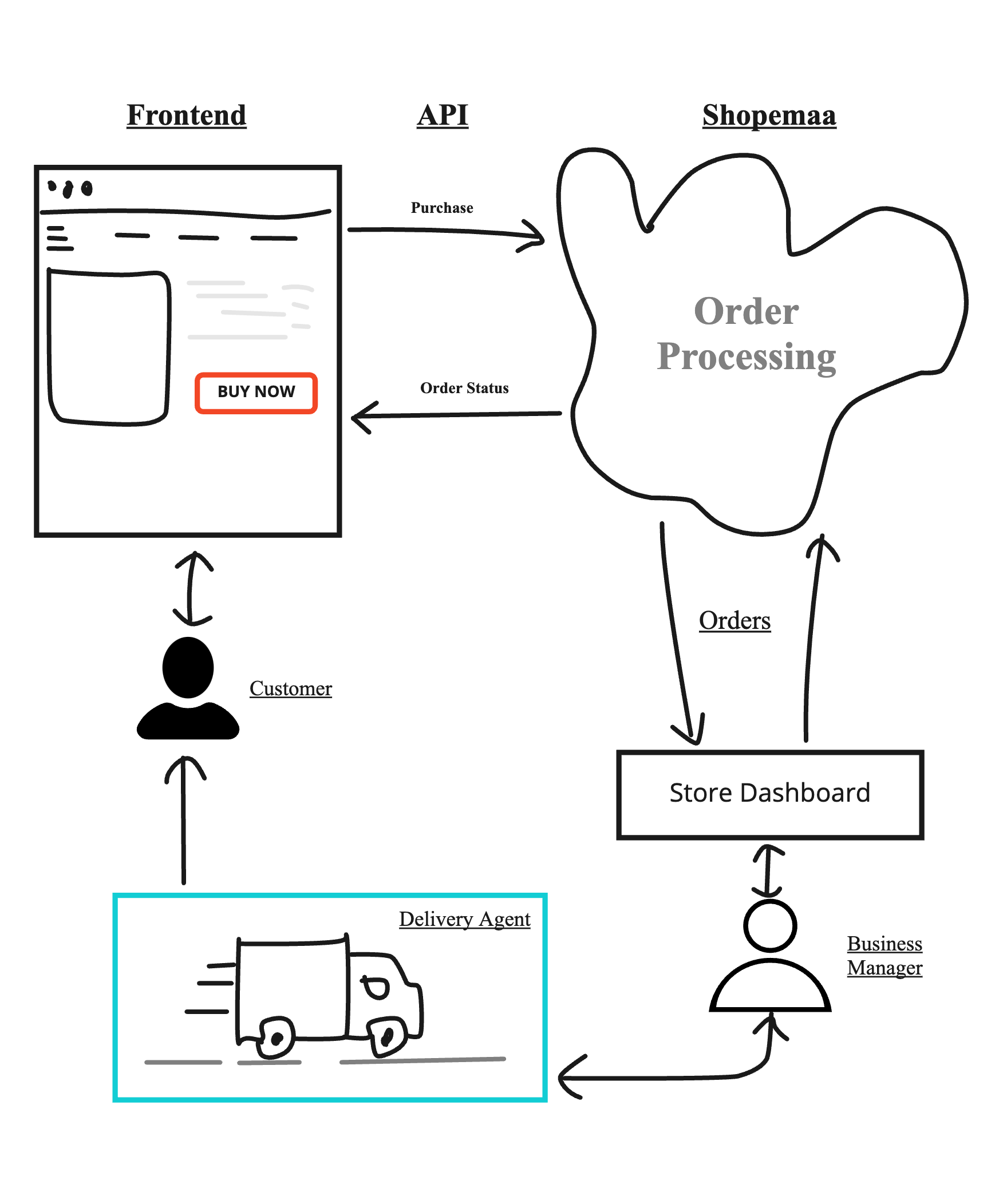Headless Commerce
When you’re building a successful online business, conversions are your top priority. To boost your conversion rate, you need to streamline the entire shopping process. Shopemaa is a modern headless eCommerce platform, helping you do exactly that. We allow ecommerce brands to build an outstanding eCommerce store while streamlining all their other content on the go.
What is headless commerce?
In a nutshell, headless commerce is an eCommerce solution that stores, manages, and delivers content without a front-end delivery layer. With a headless eCommerce platform, the front end (or the “head”) — which in most cases is a template or app — has been decoupled and removed, leaving only the backend. A headless commerce architecture delivers a platform via a RESTful/GraphQL API that comprises of a back-end data model and a cloud-based infrastructure. Since the platform is not tightly coupled with the back-end, eCommerce brands can deliver things like content, products and payment gateways to Smartwatches, R-Kiosk screens, Self service POS, Mobile Apps, and everything in between. In contrast, traditional eCommerce platforms have their head screwed on tight. That means they have a predefined front-end that is tightly coupled with the back-end, so even if there are plenty of customization features and unrestricted access to code, the platform is only designed to deliver content in the form of websites and maybe native mobile apps.
How Shopemaa works
Just as like a headless CMS, a headless commerce system works by passing requests between the presentation and application layers through web services or application programming interface (API) calls. For instance, when the user clicks a “Place Order” button on their smartphone, the presentation layer of the headless commerce system sends an API call to the application layer to process the order. The application layer sends another API call to the application layer to show the customer the status of their order.

Customization & Personalization
With traditional commerce, you are locked into a predefined user experience that restricts your brand from offering personalized product offerings to your customers, your time to market will be painfully slow, and scaling will be arduous. On the other hand, headless commerce has no frontend, so it’s completely up to you to define and develop the user experience from scratch. You can choose to customize the front-end to any degree you choose. As an online brand owner, this helps you create super personalized experiences for customers and add localized features.


